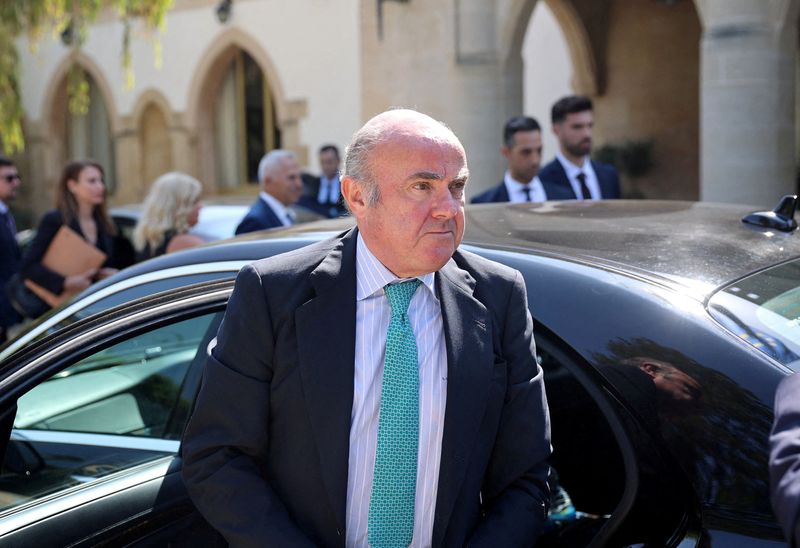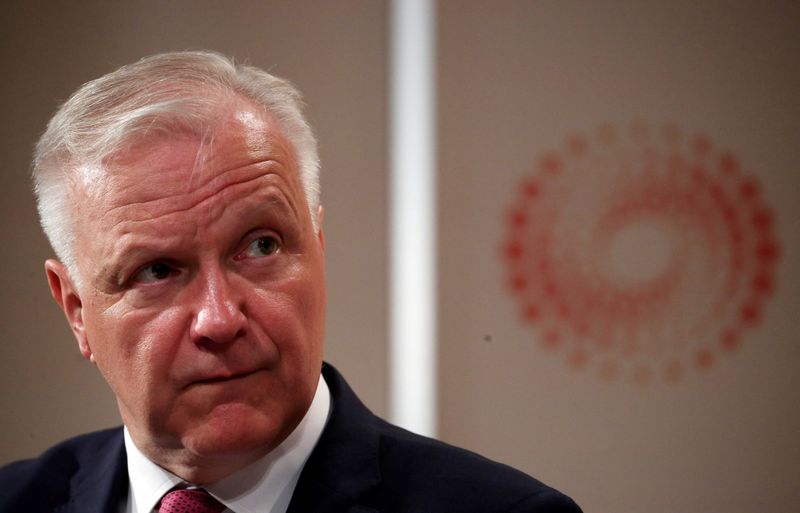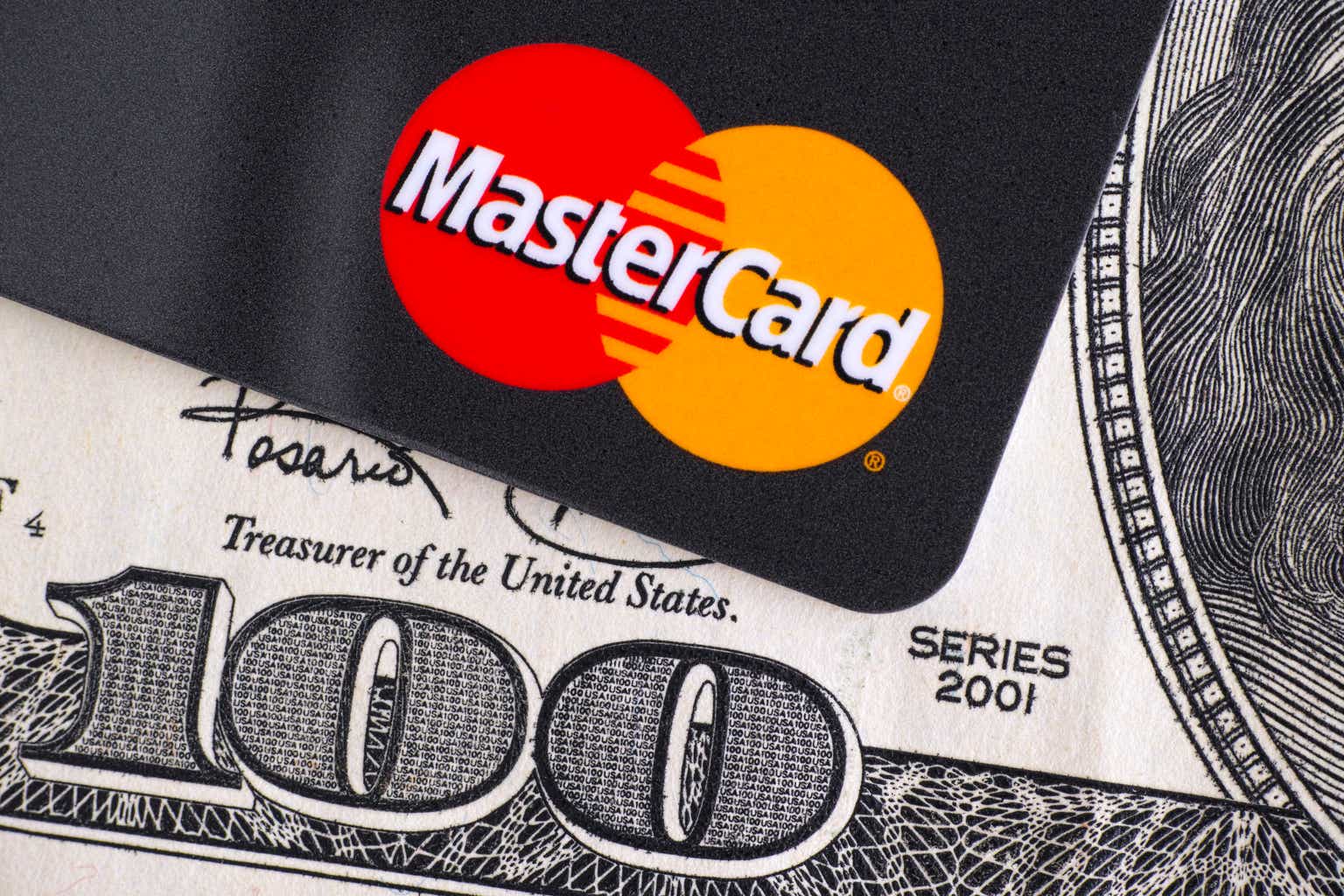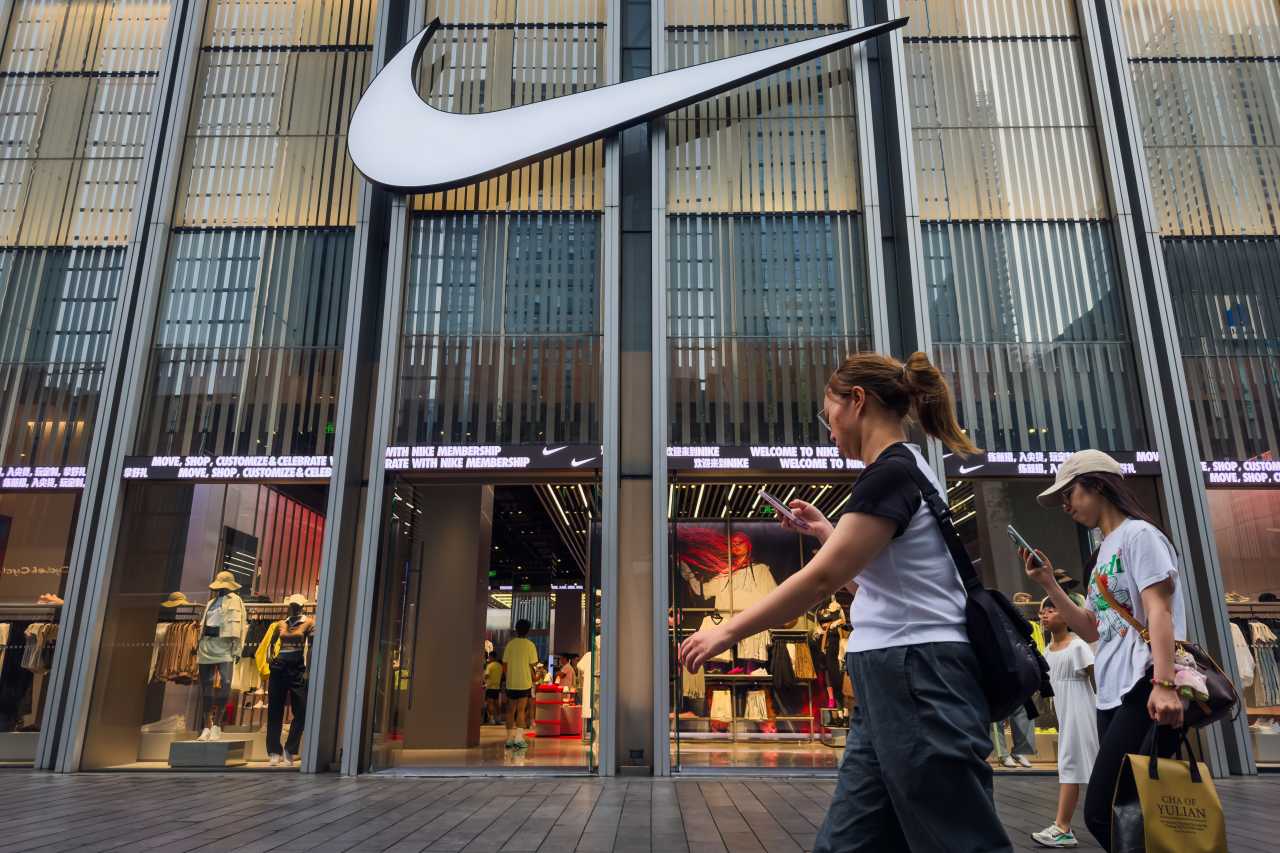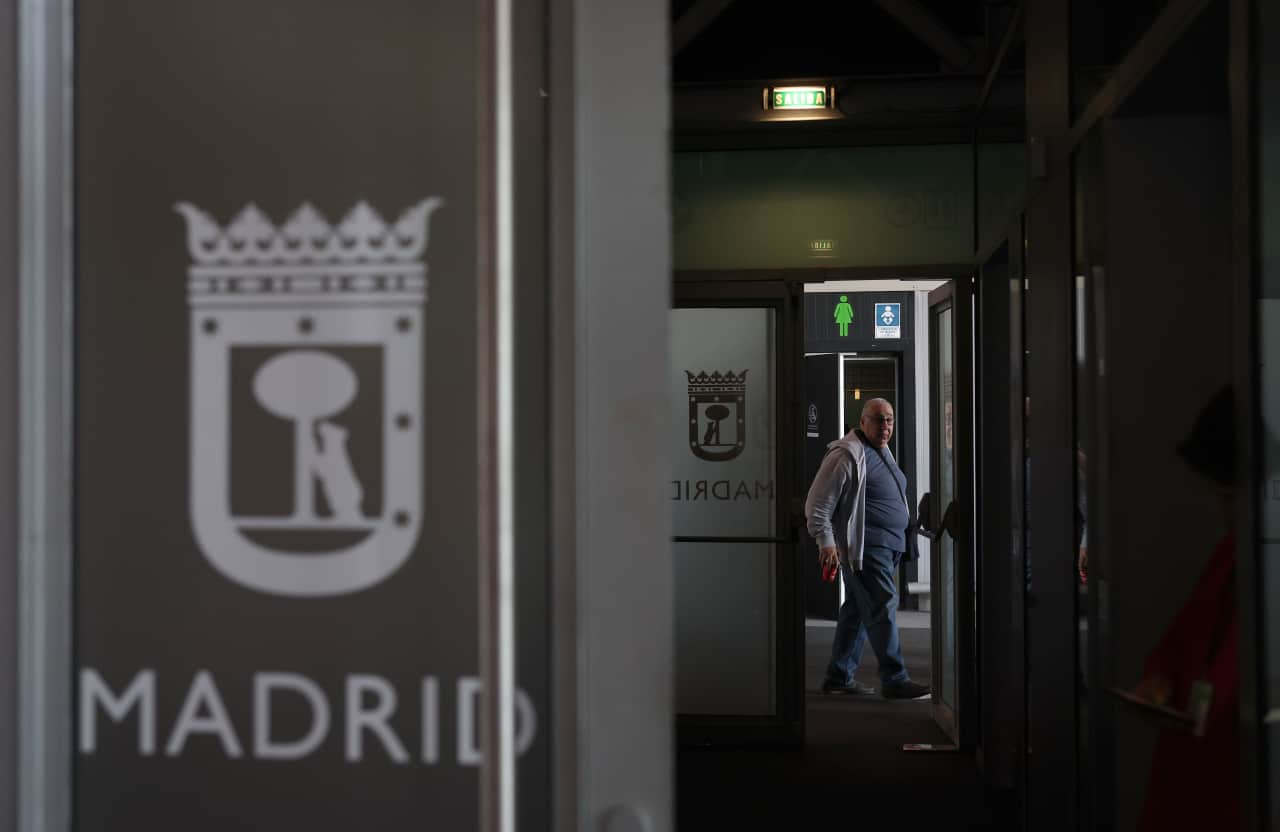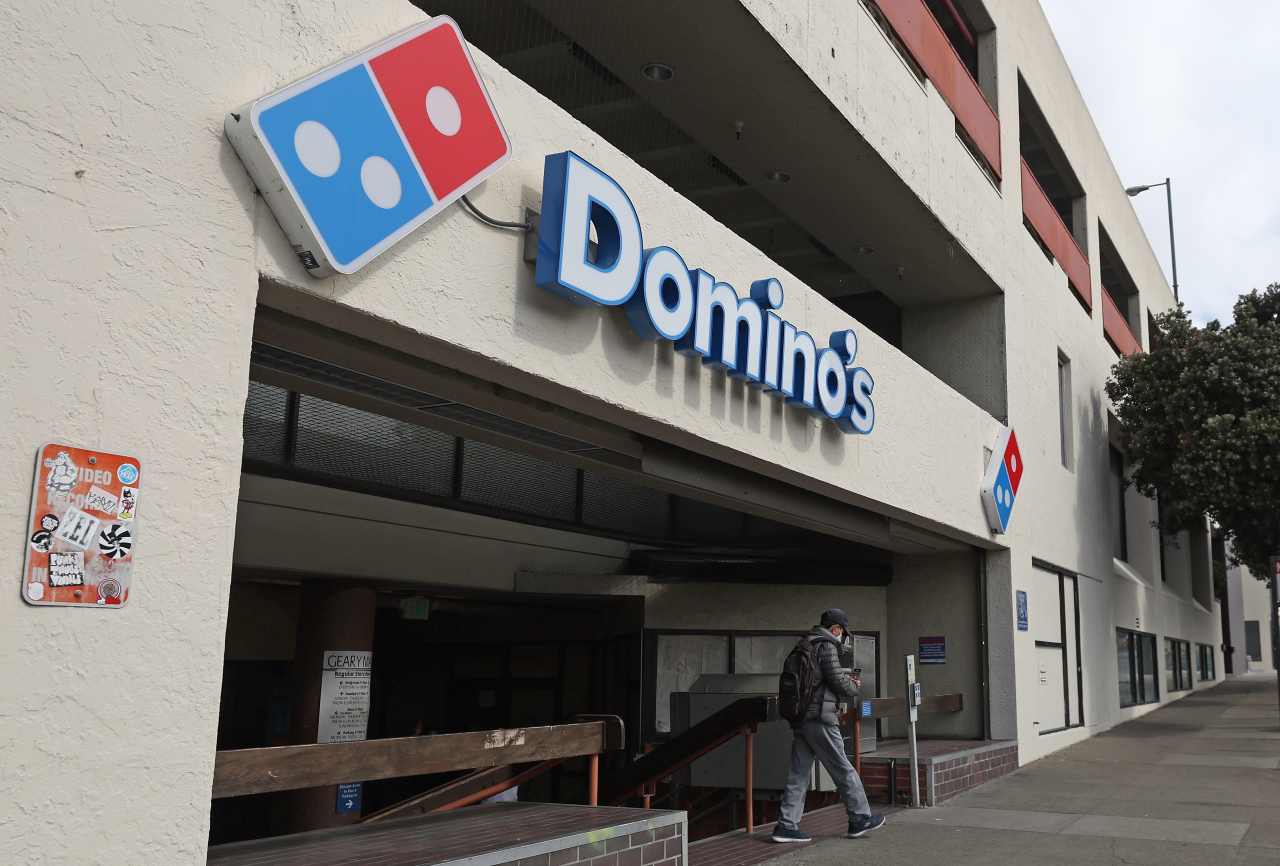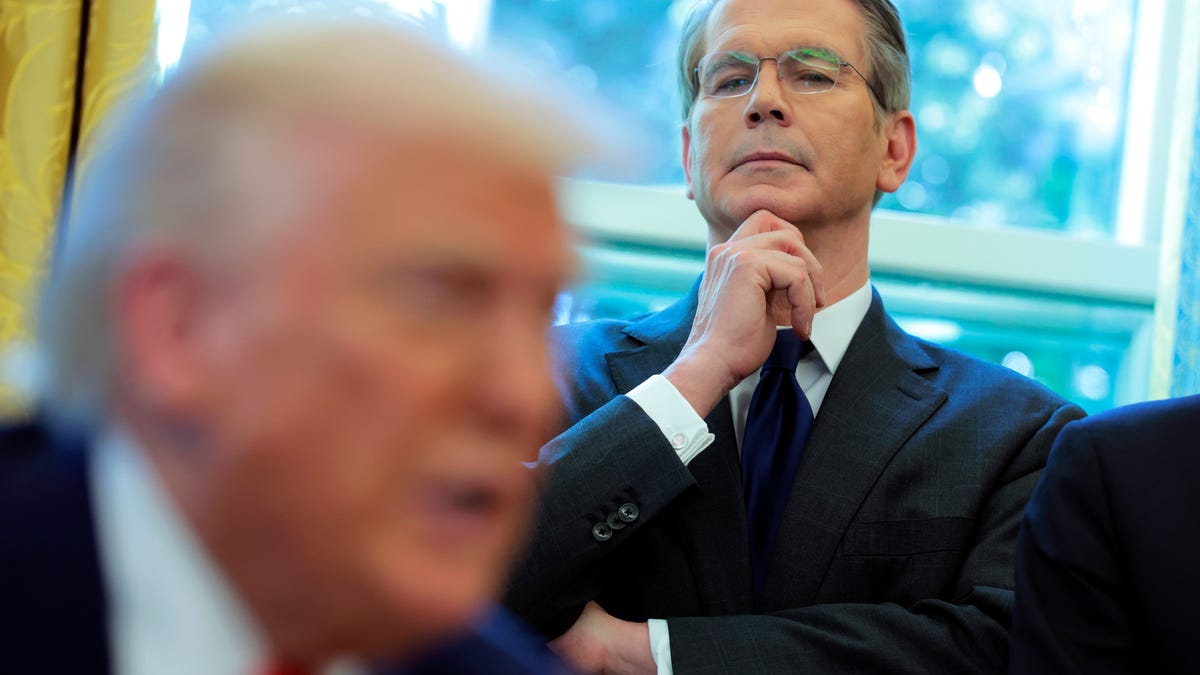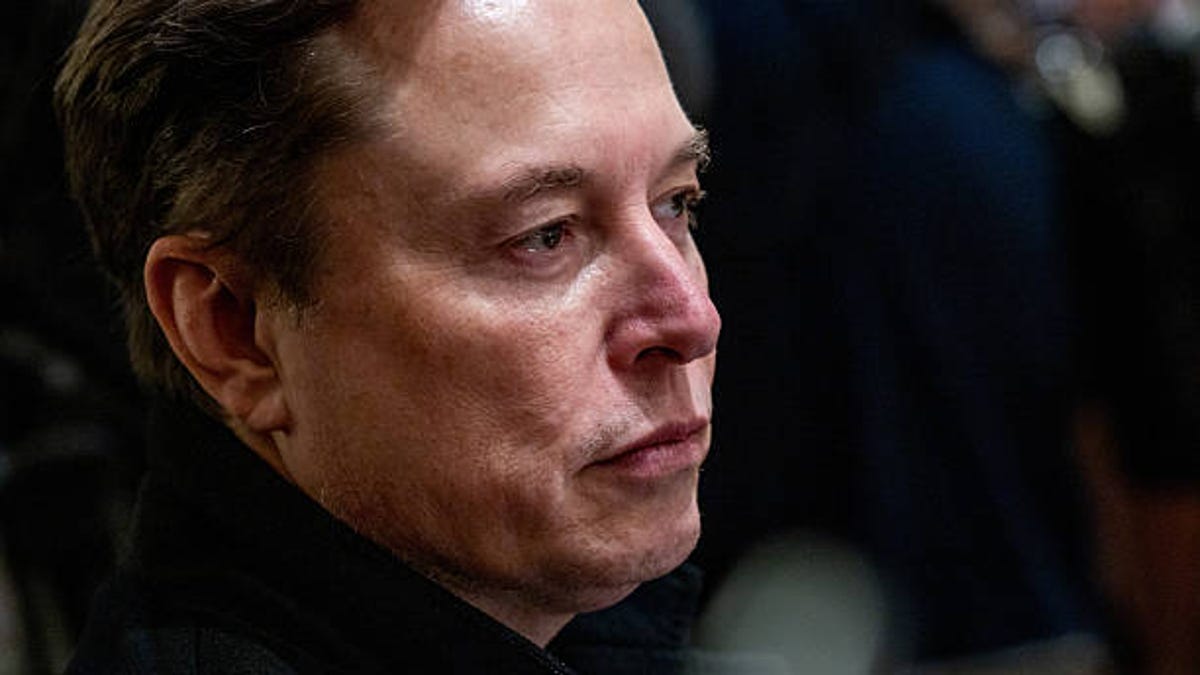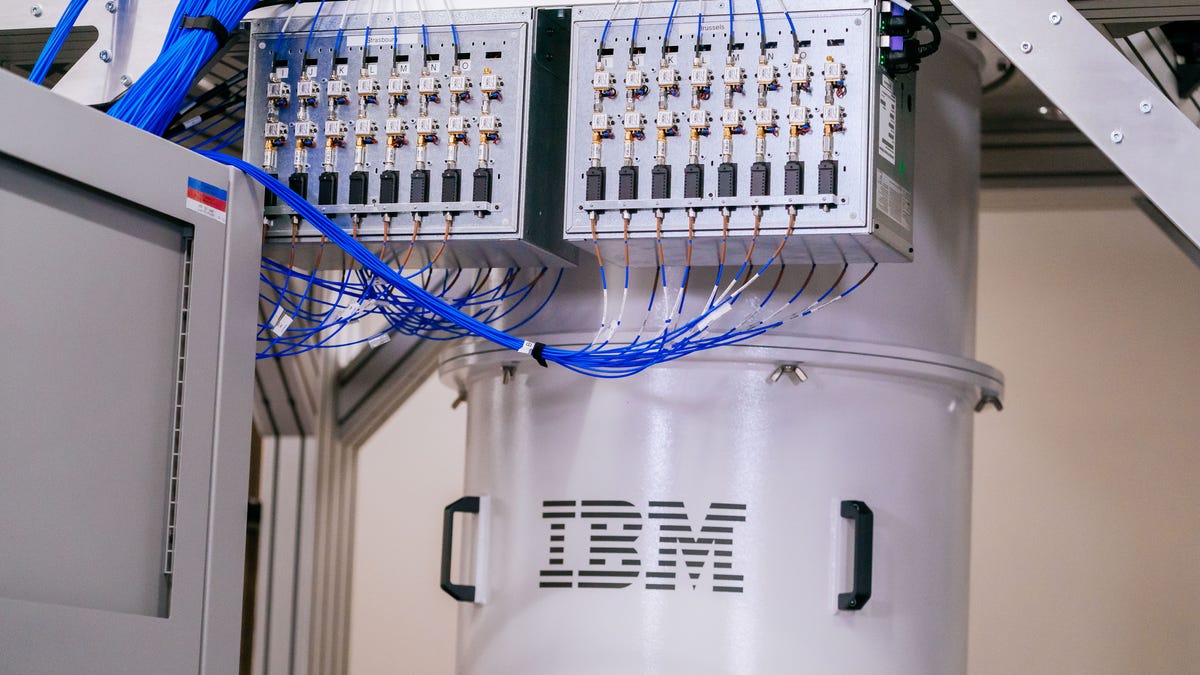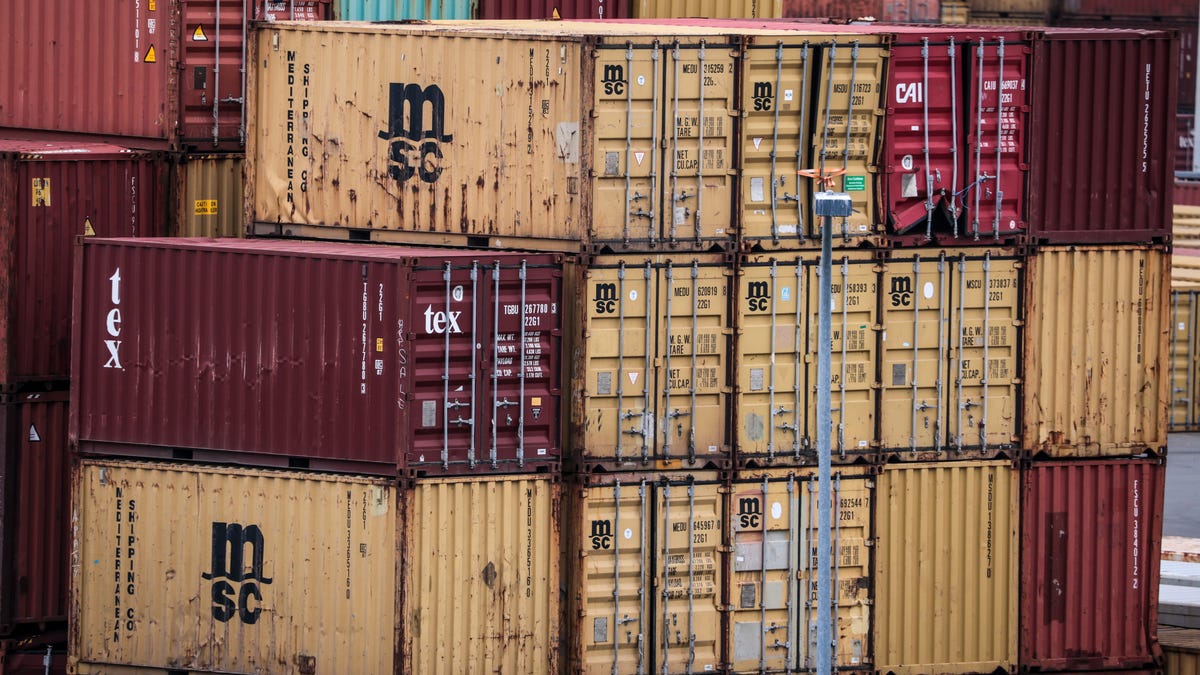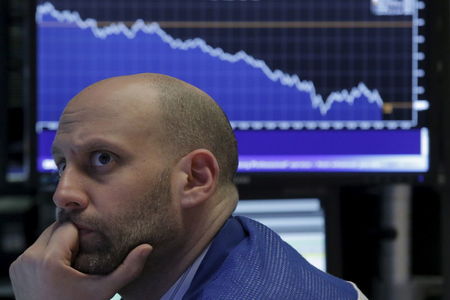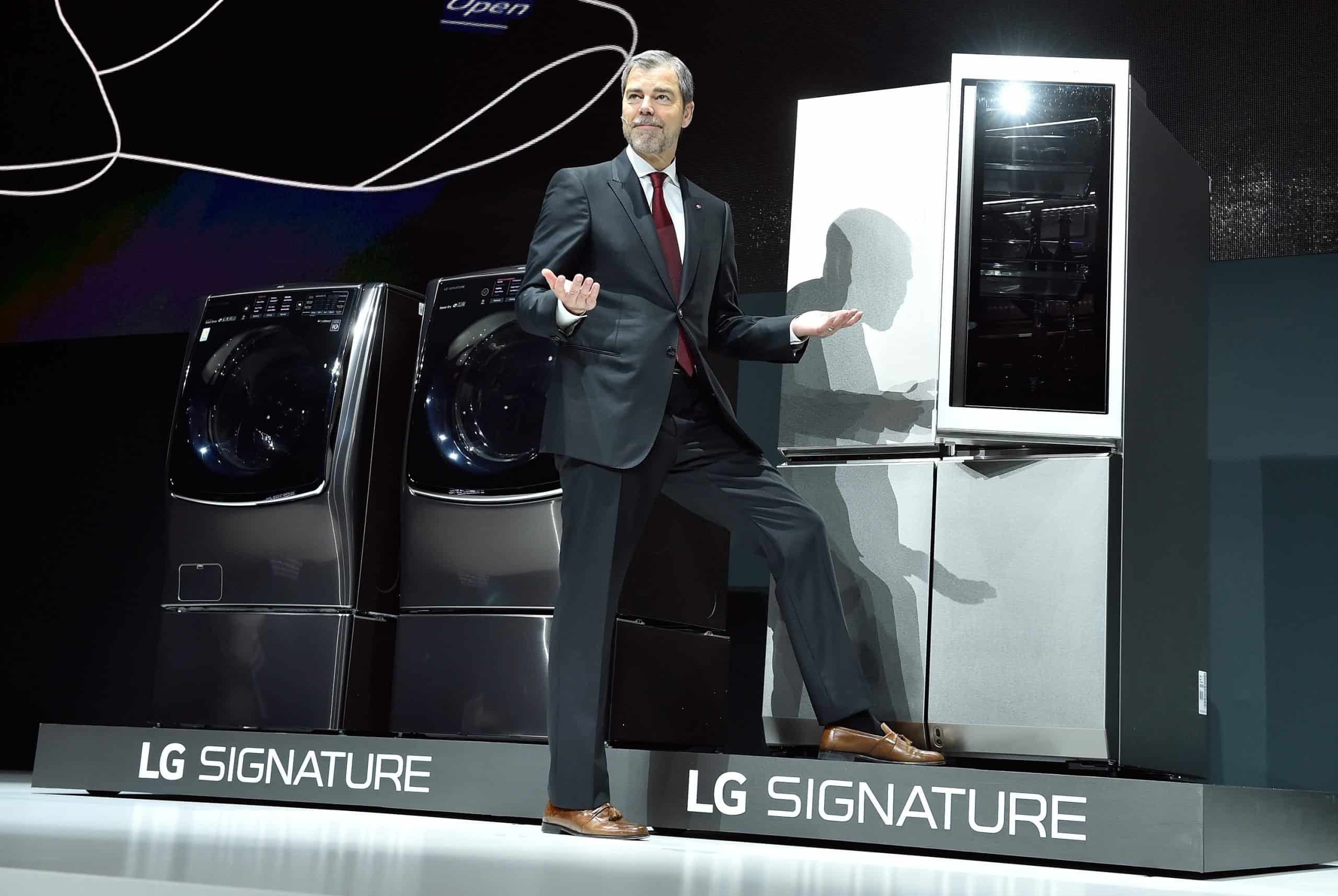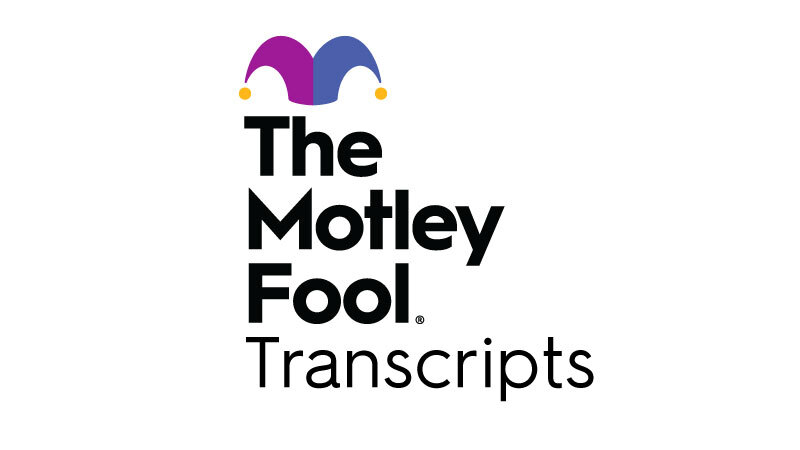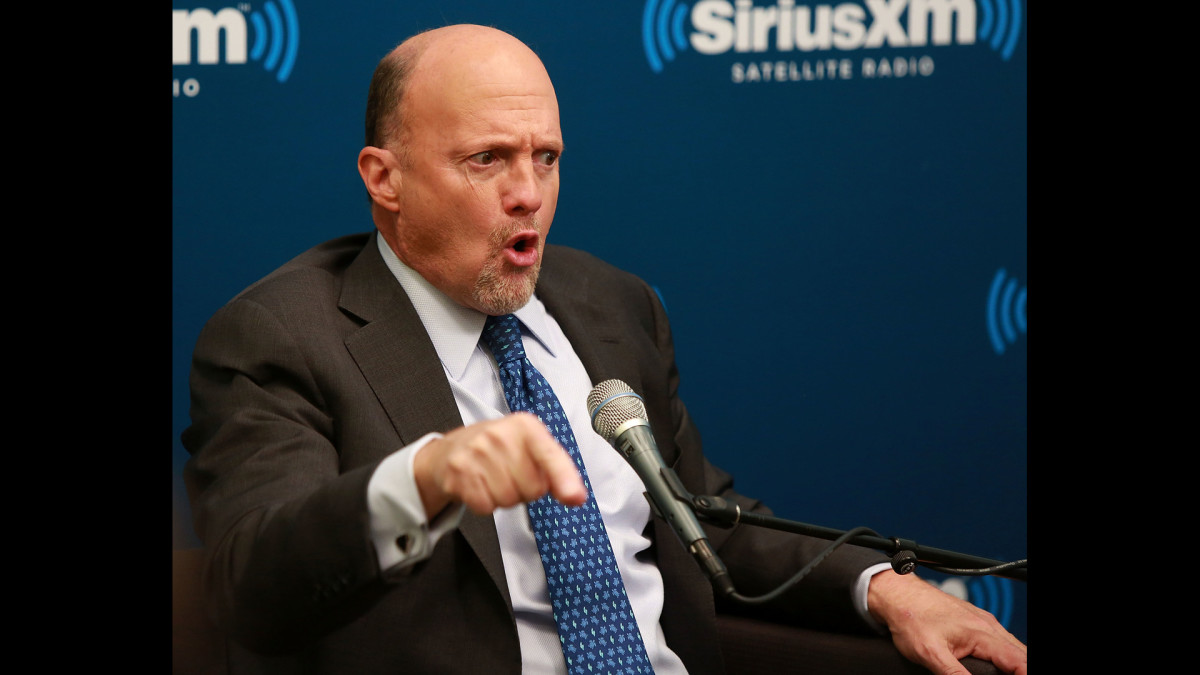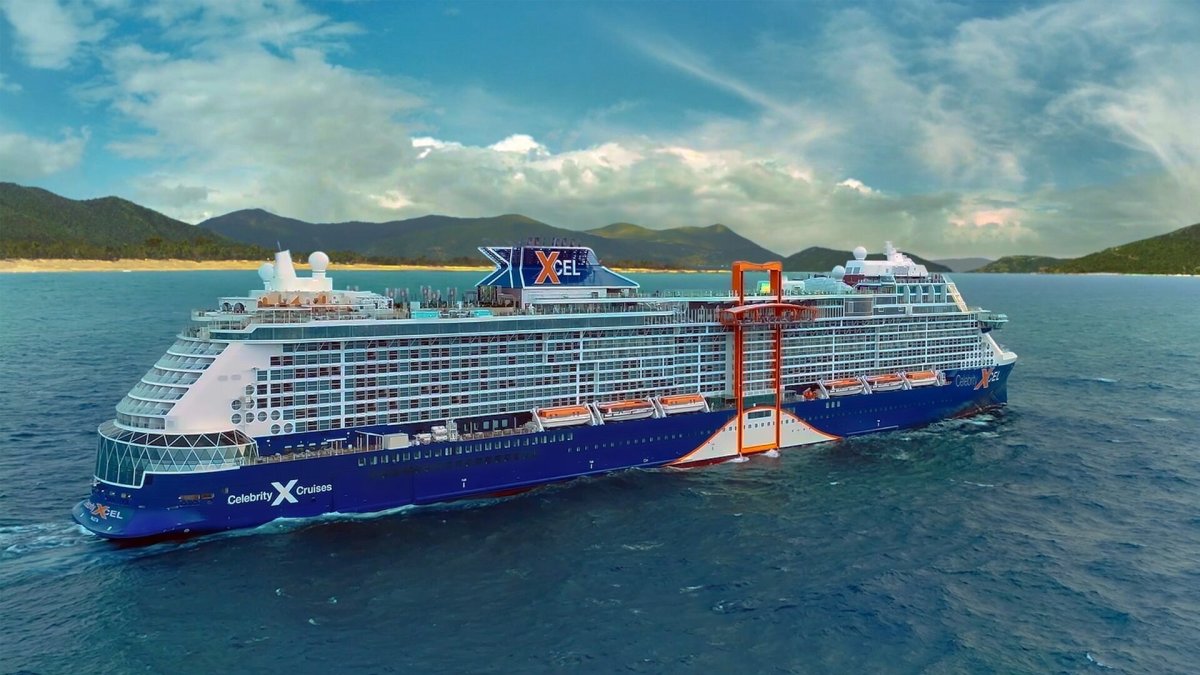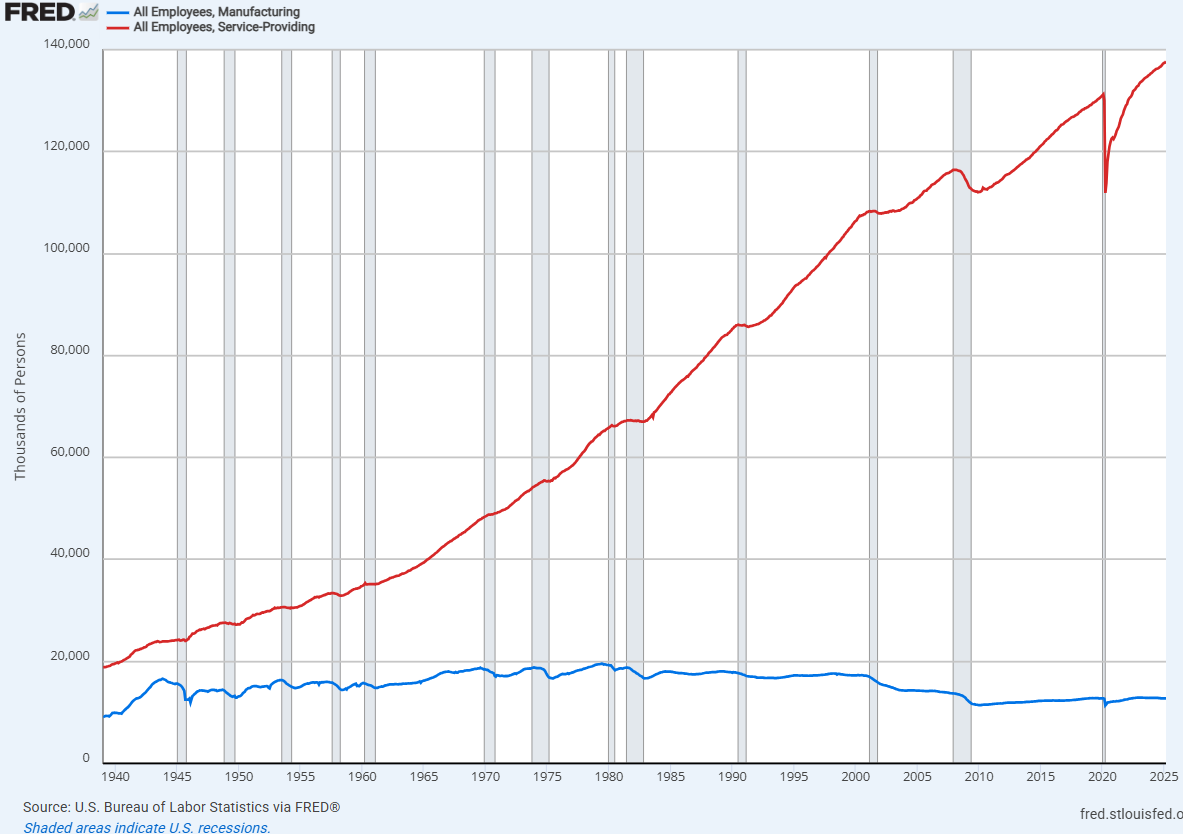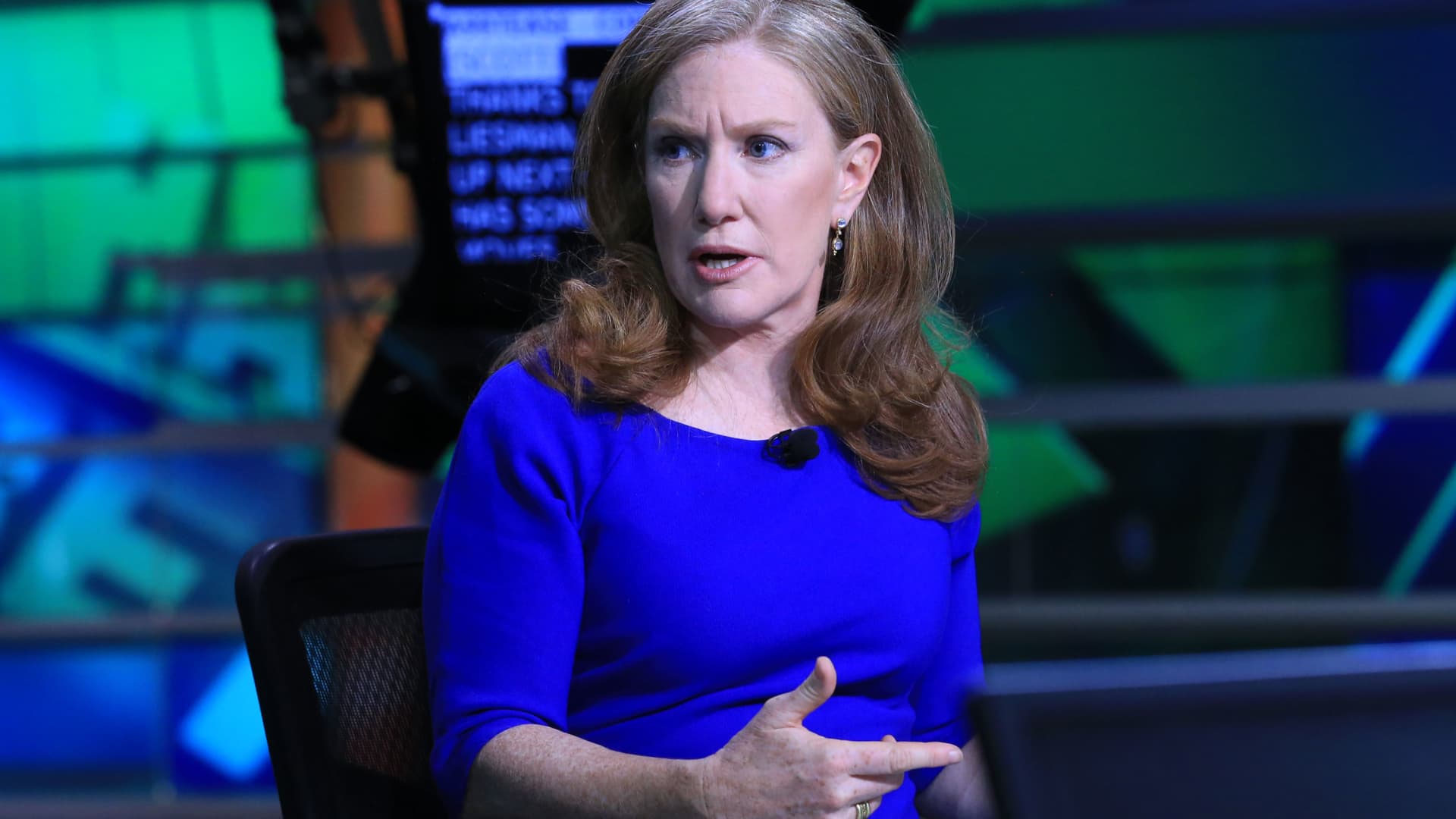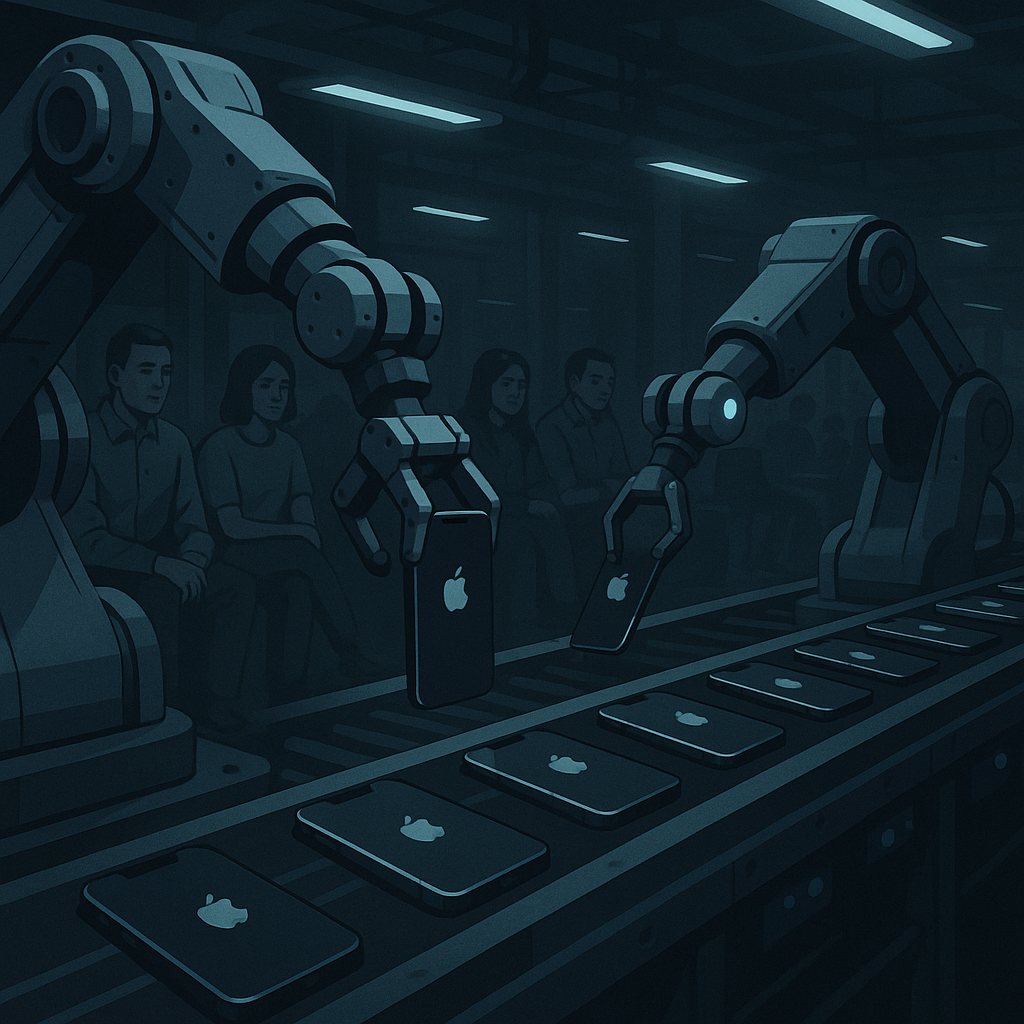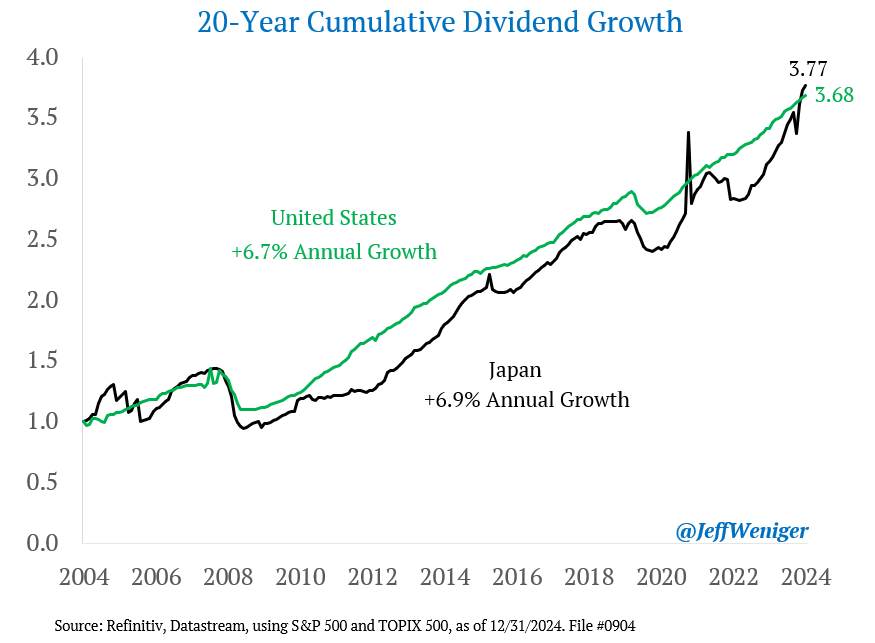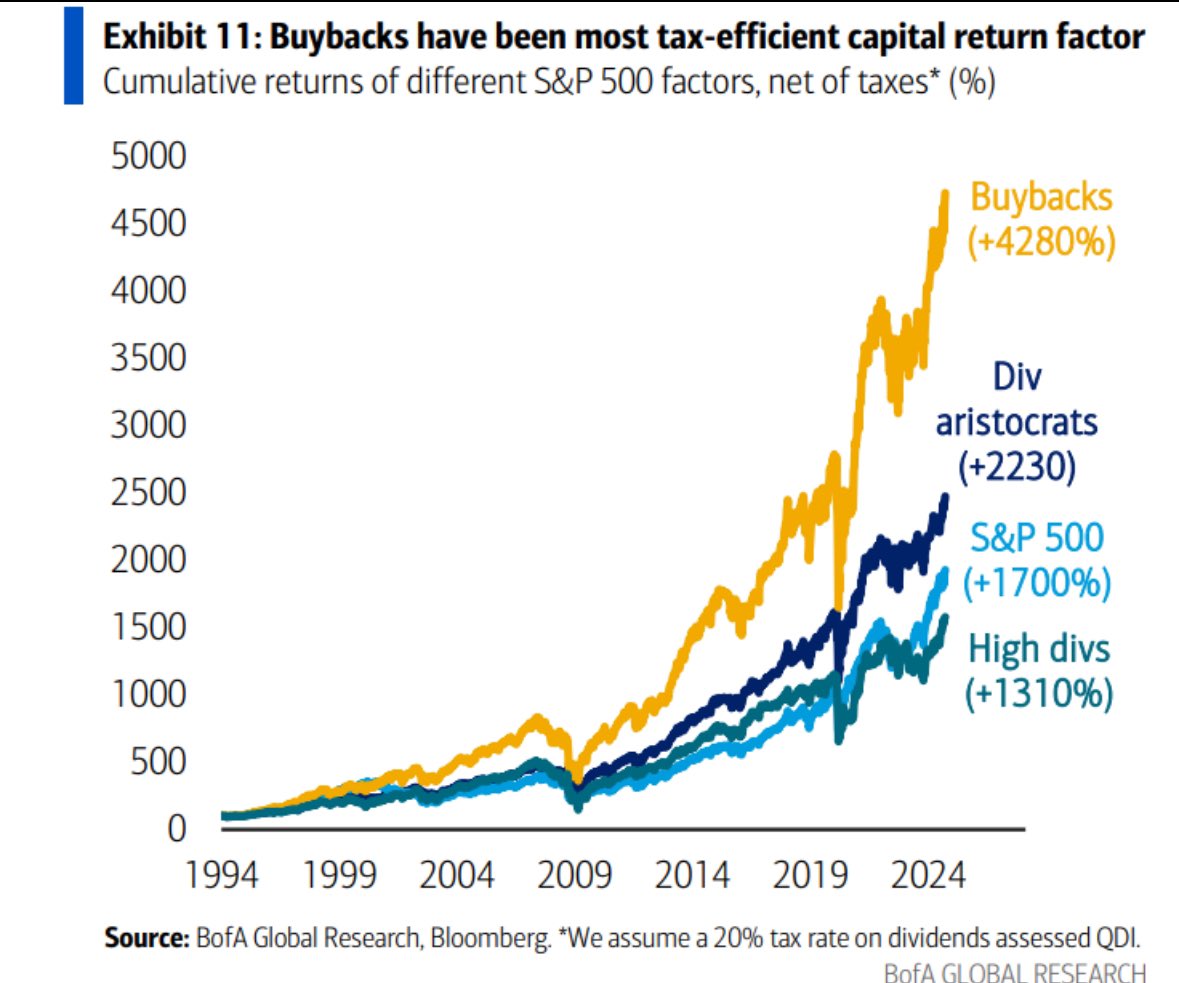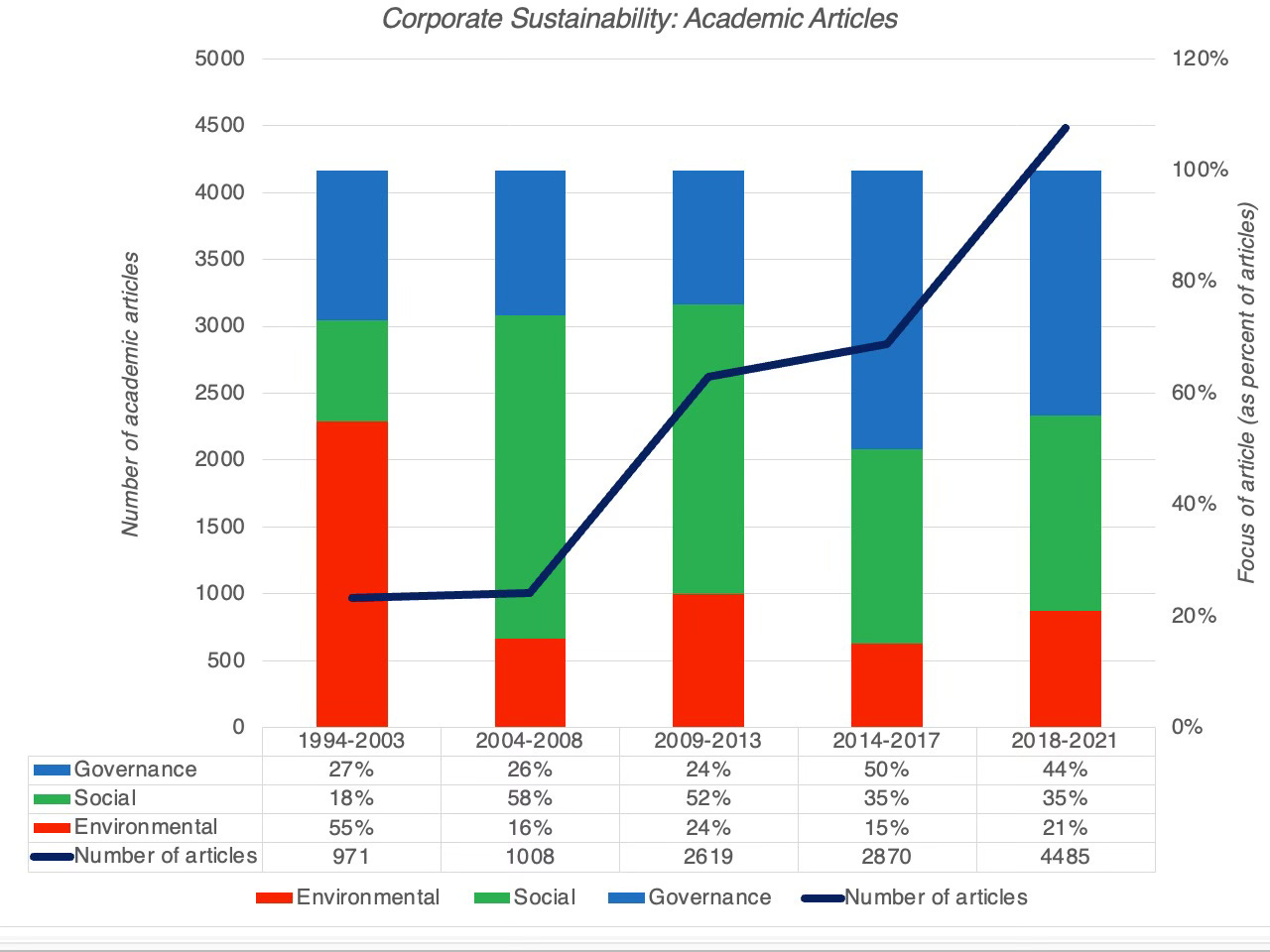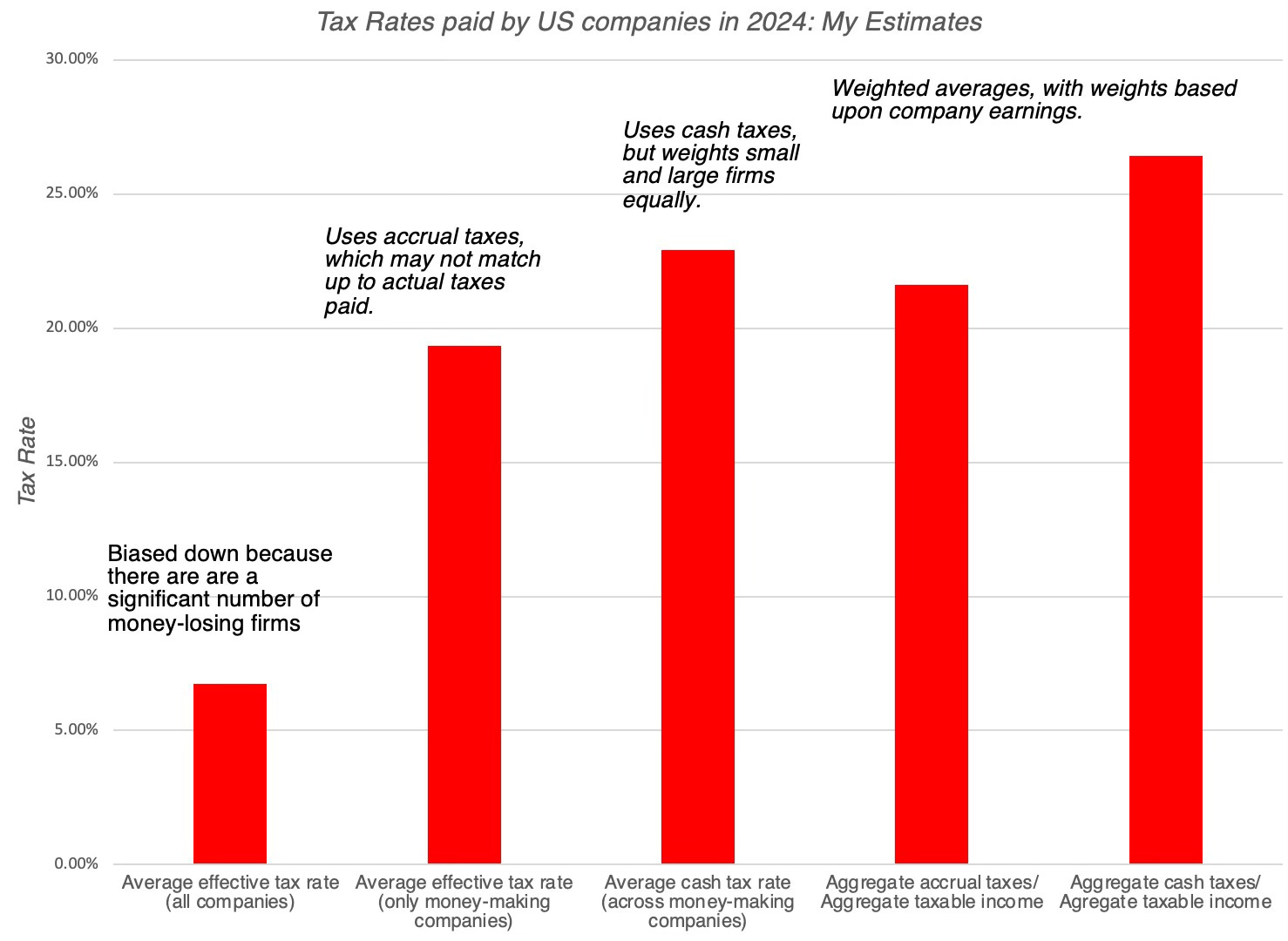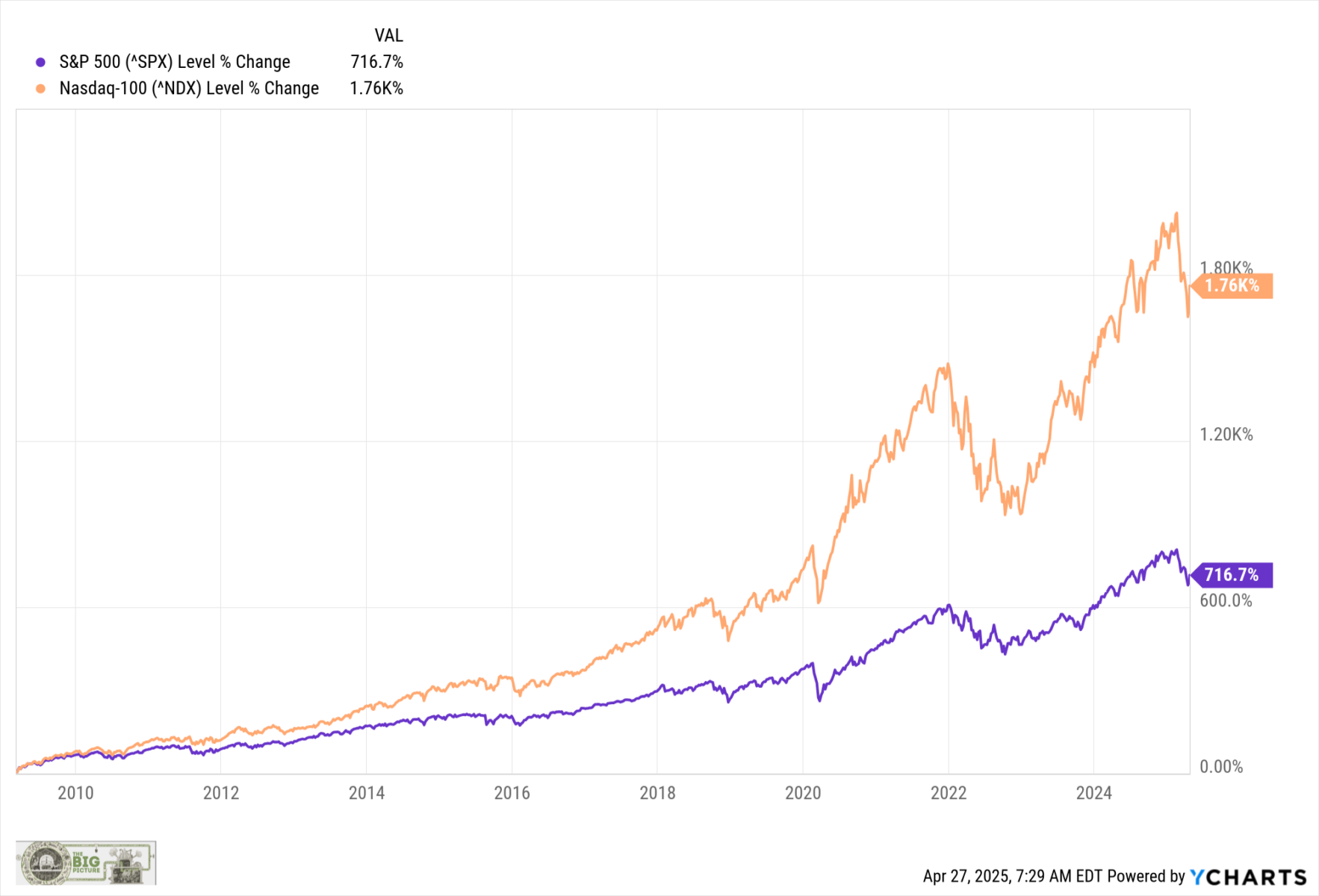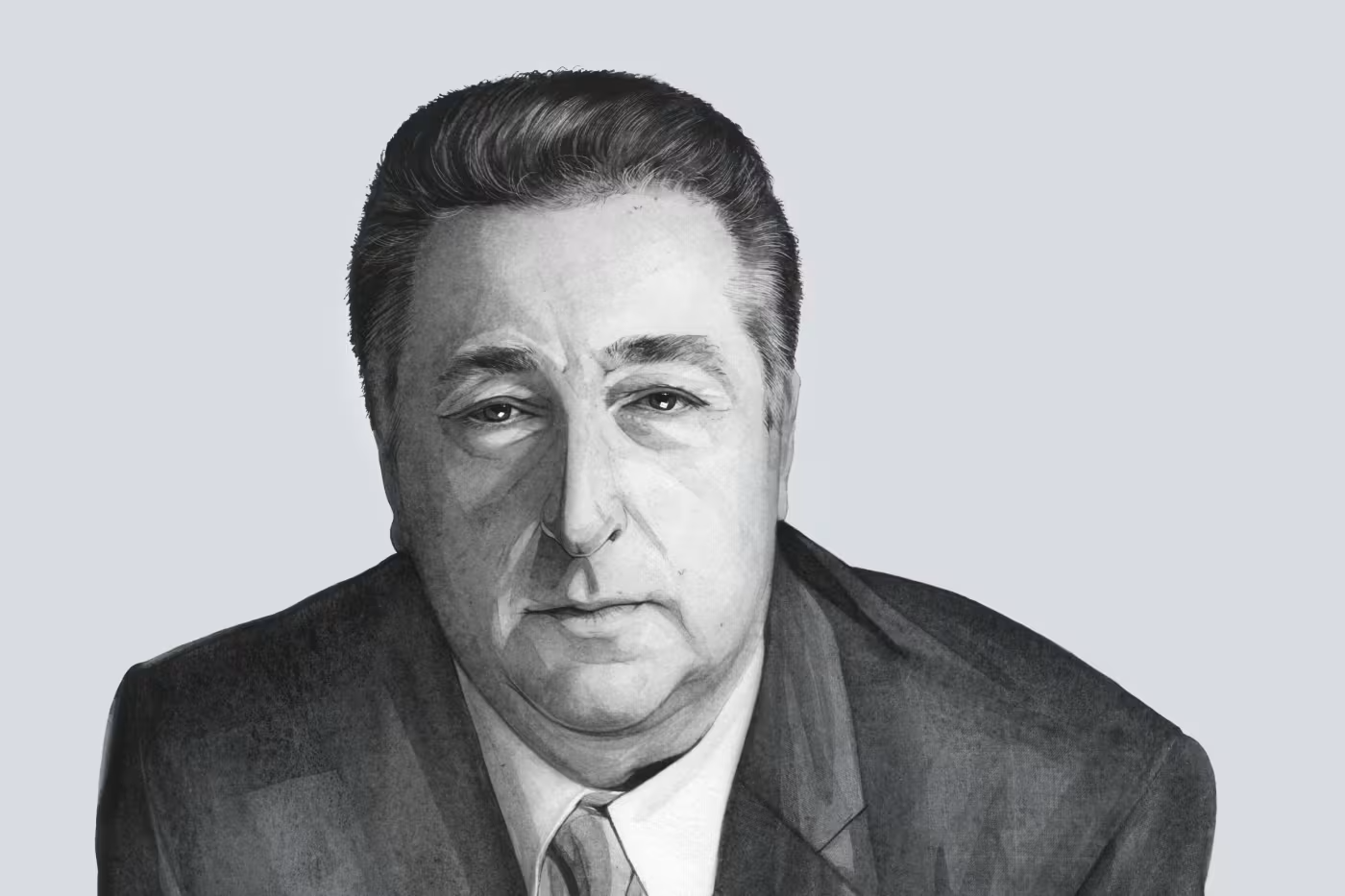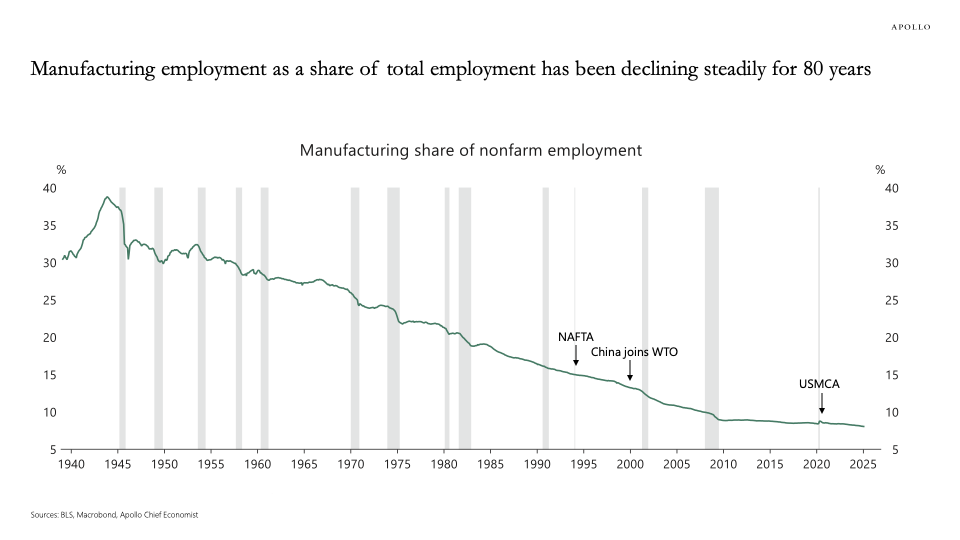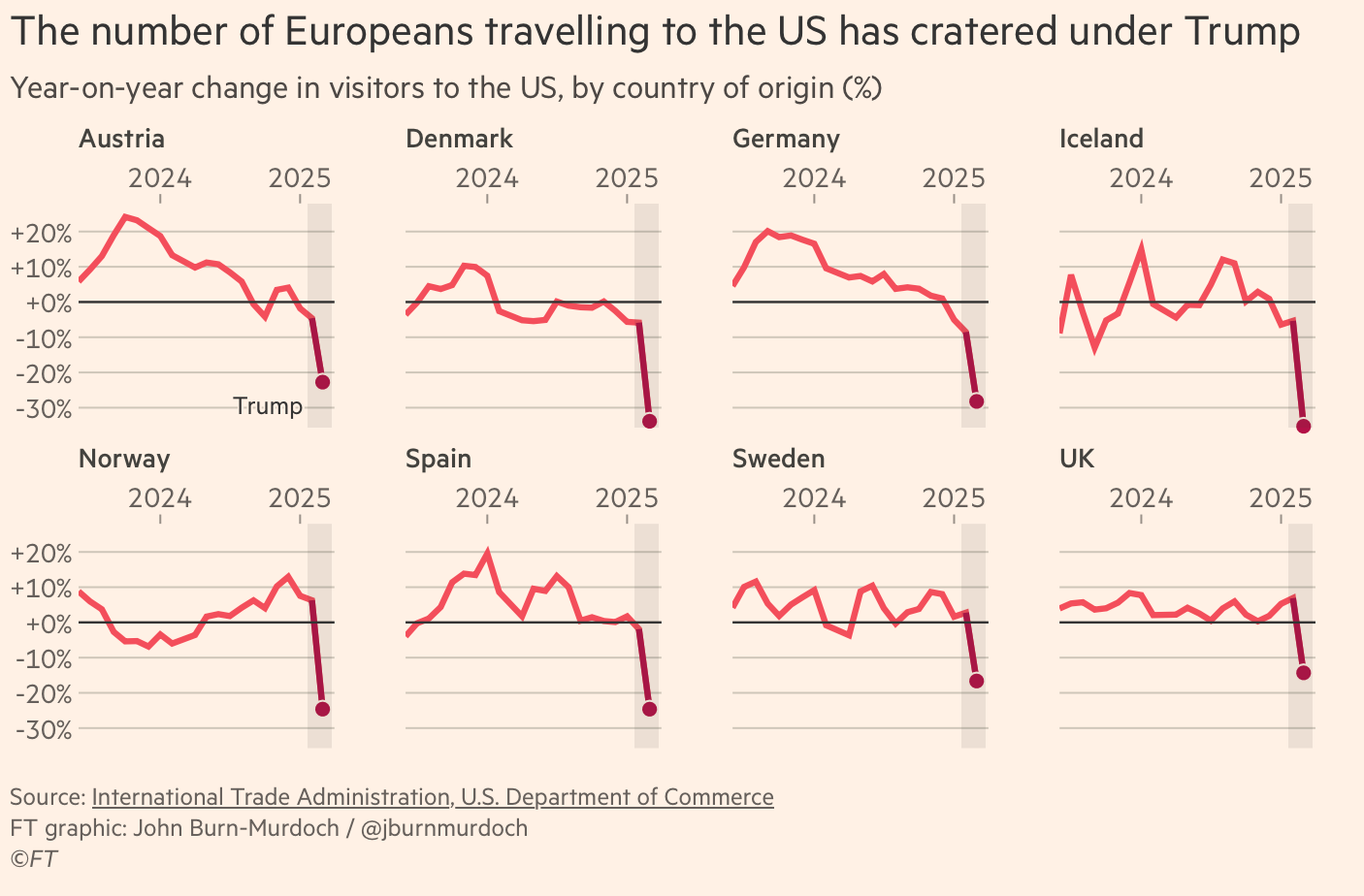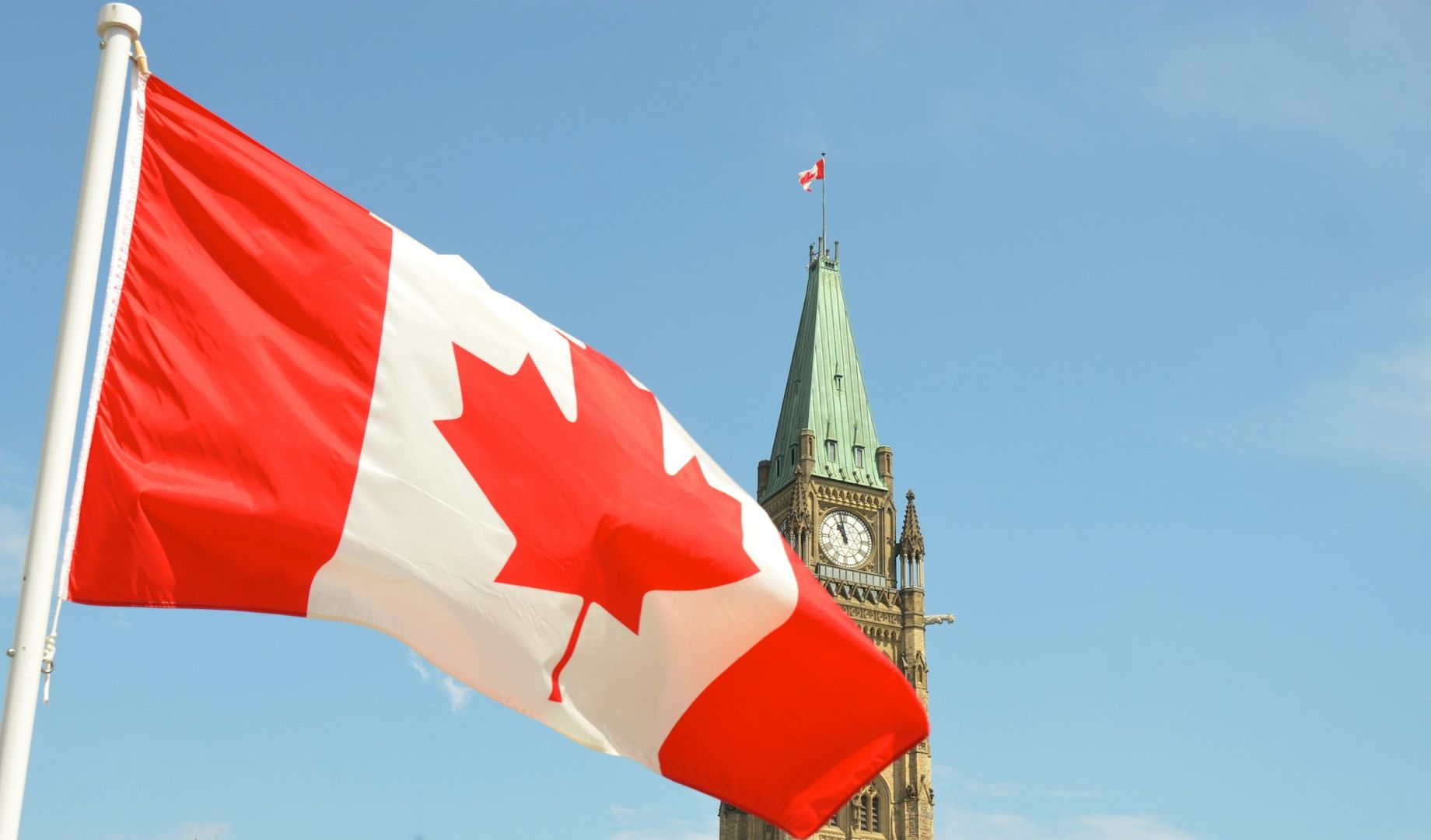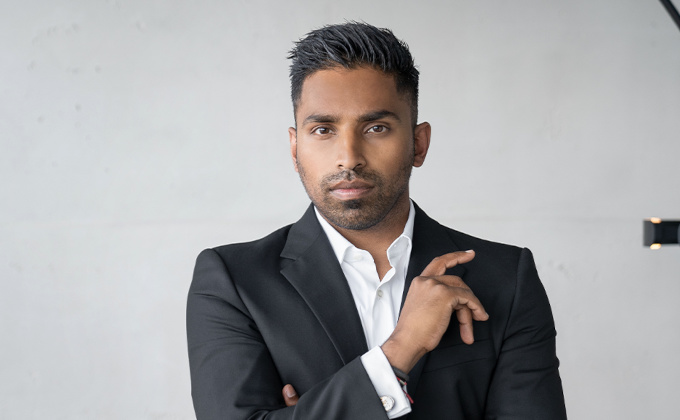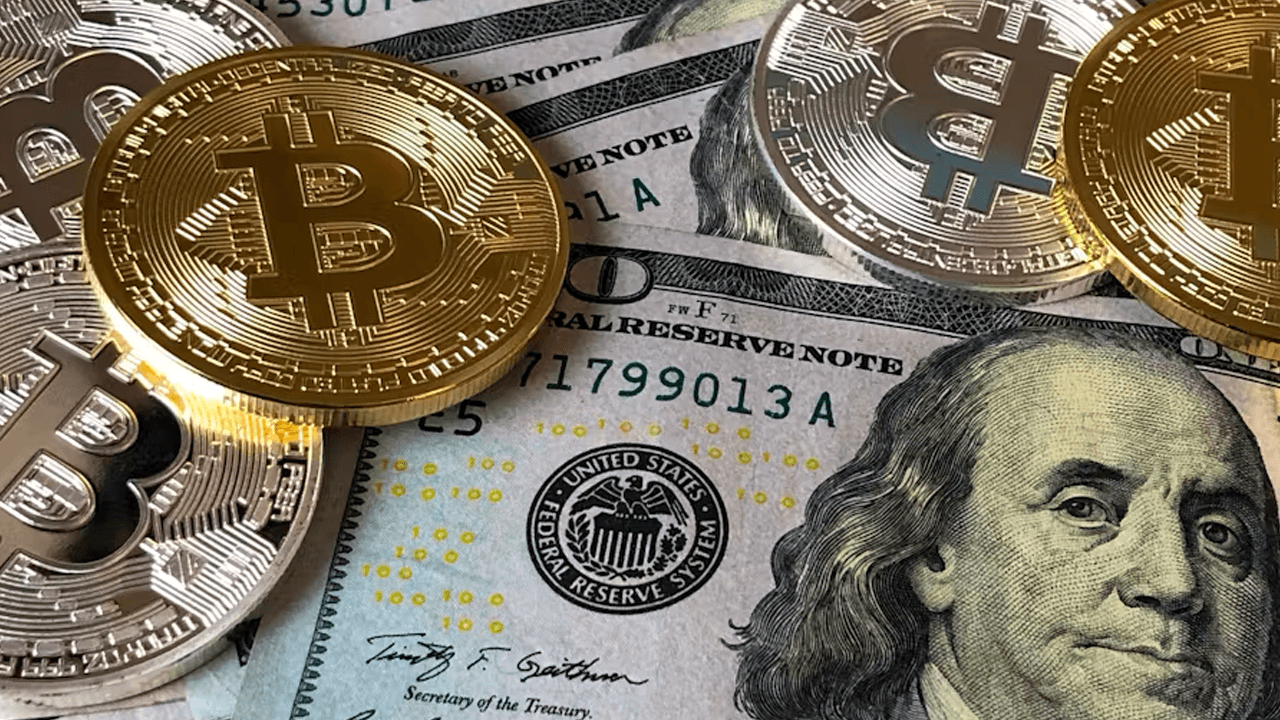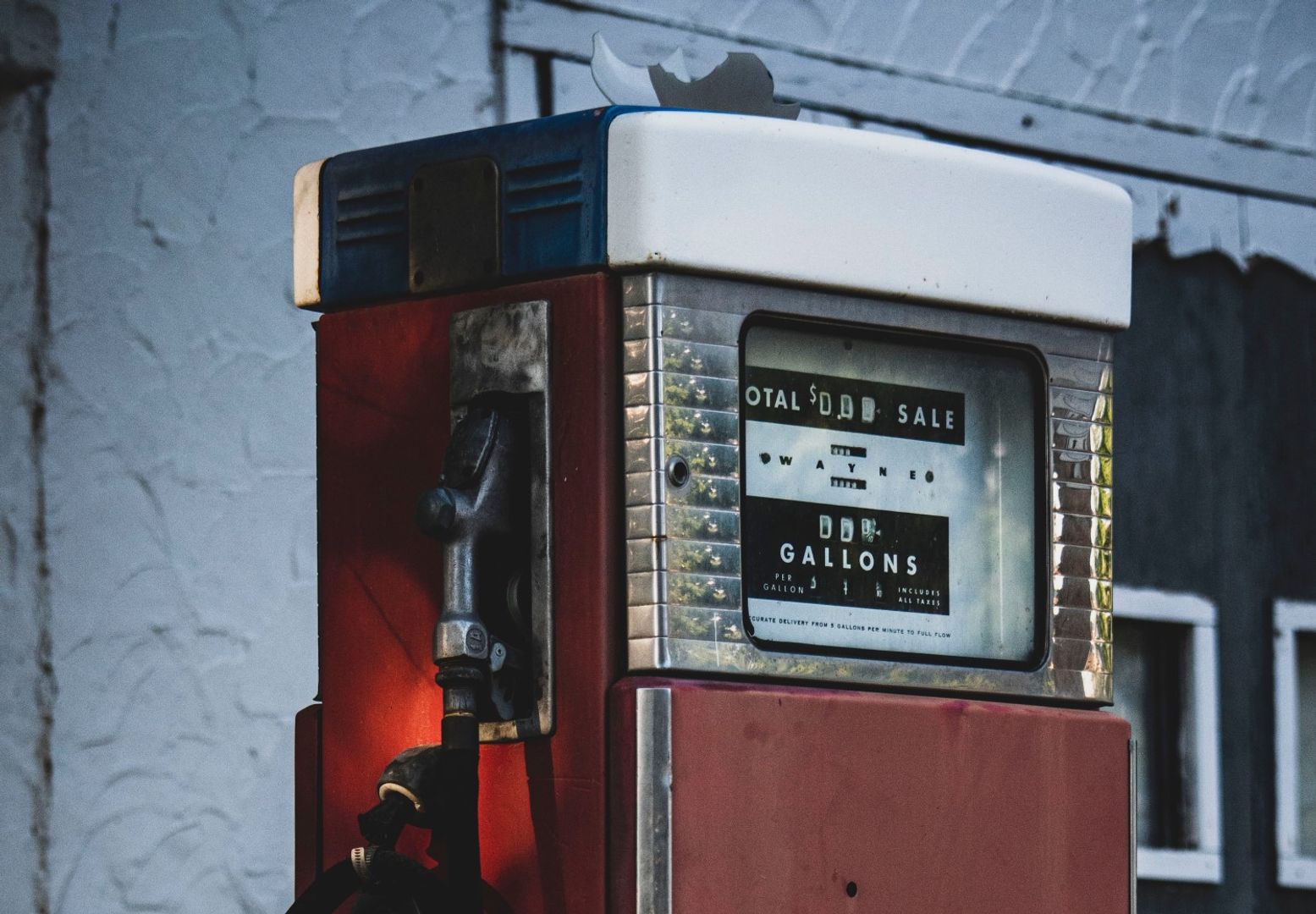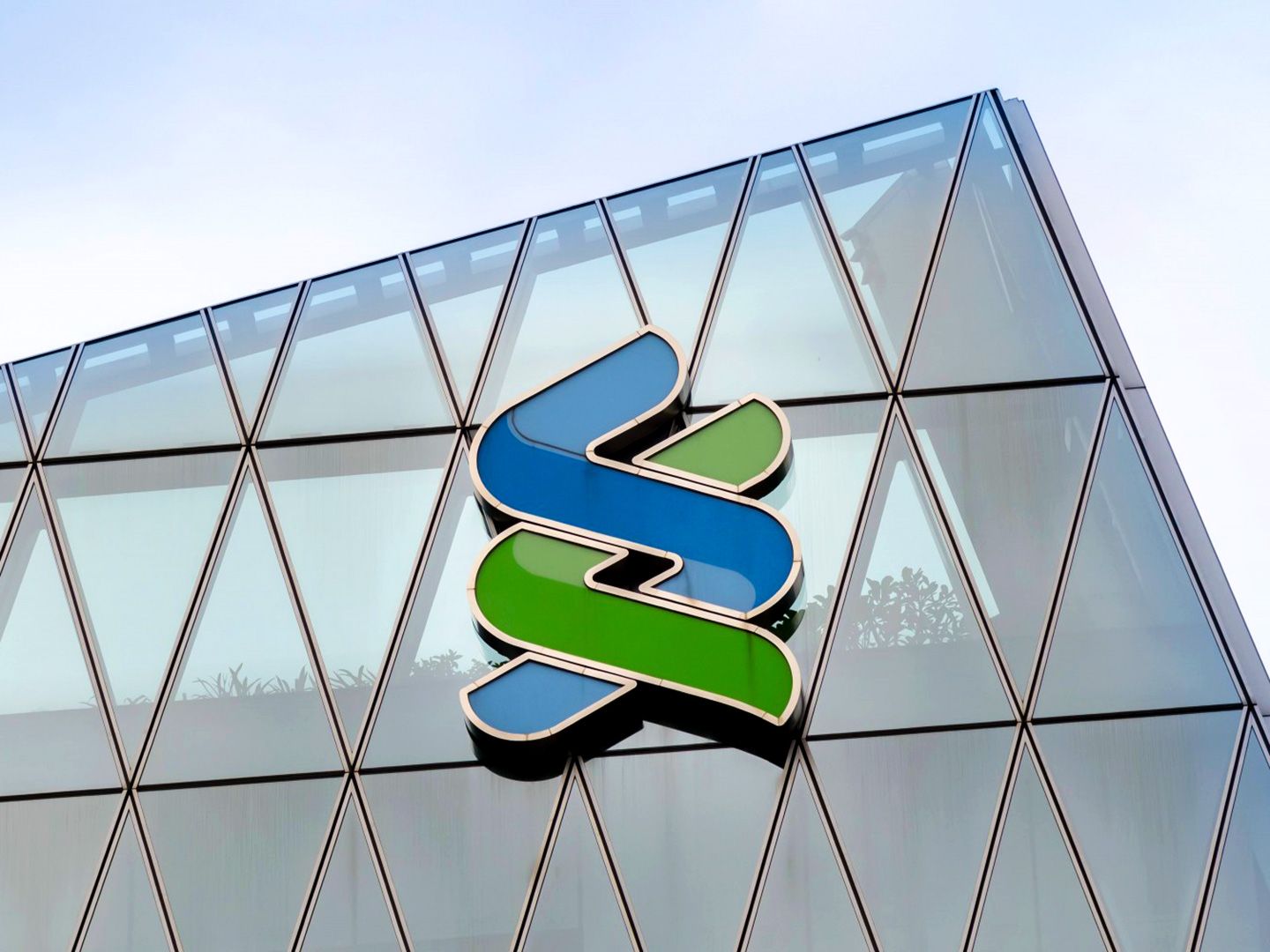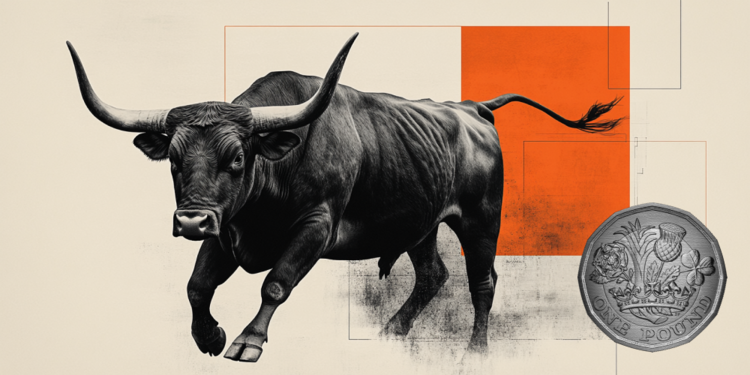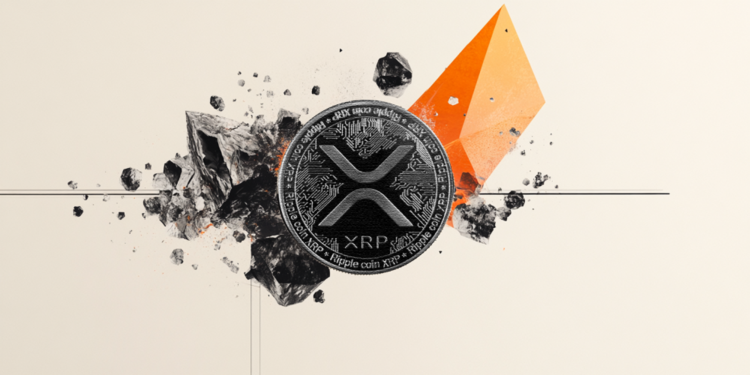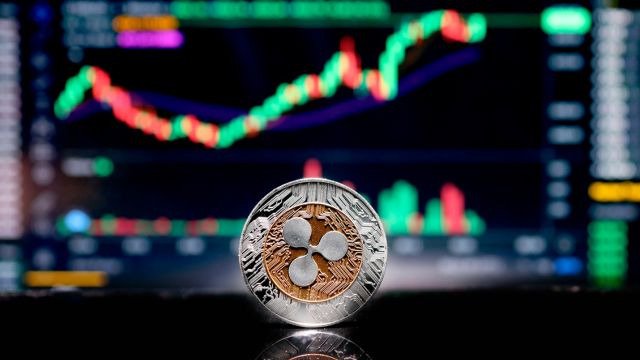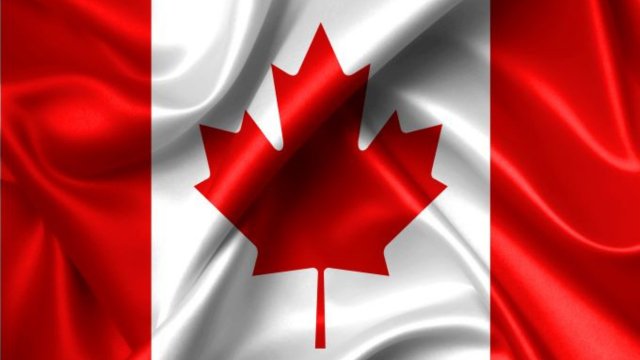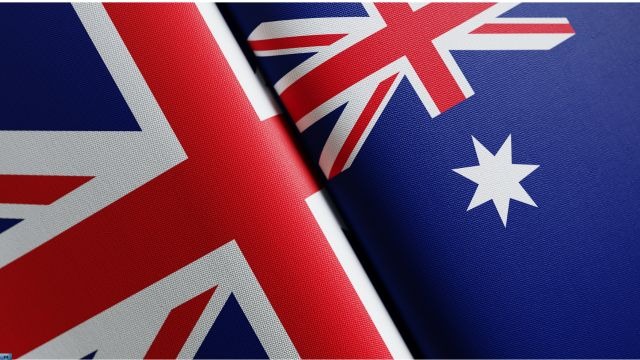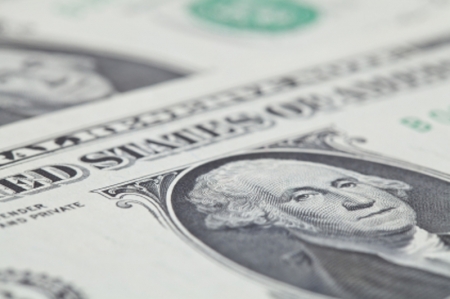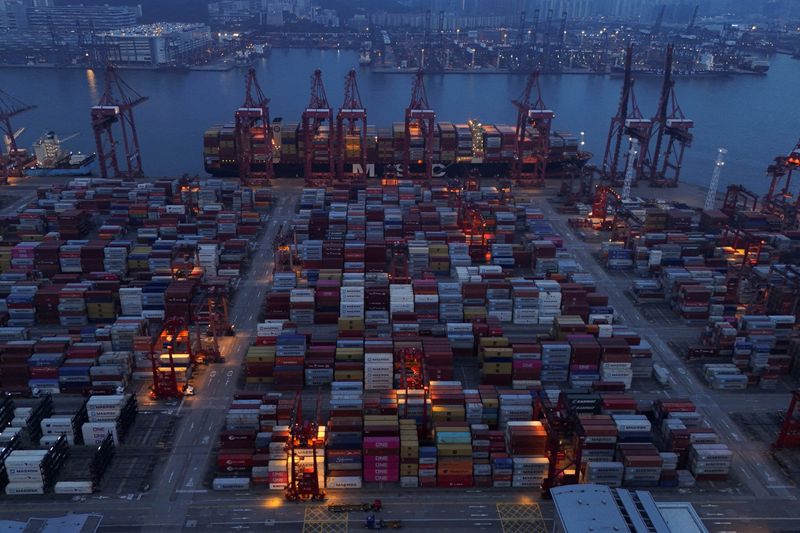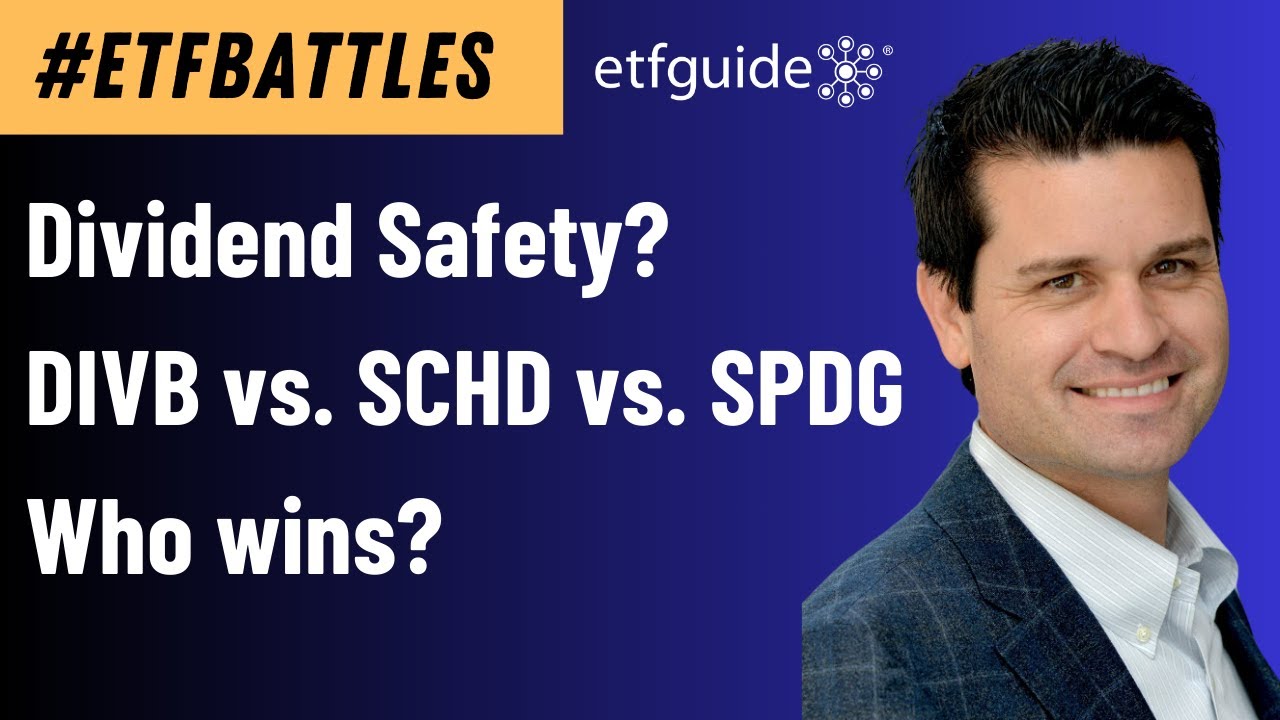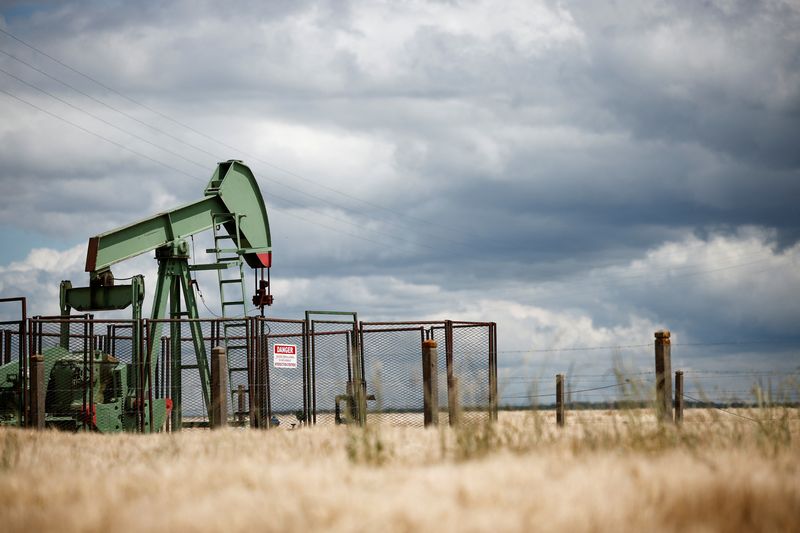Starbucks’ new CFO has turnaround chops. Here’s how she plans to help Brian Niccol fix the company
The café chain’s shares have fallen 34% since their all-time high.

In her years as finance chief at major companies like Nordstrom, Bright Health, and Target, Cathy Smith often went to Starbucks cafés when she needed to take a meeting, step away to think, or get a jolt of java and kill a bit of time between appointments.
“I can’t tell you how many decades Starbucks has been like my personal third place,” Smith tells Fortune. “I knew I could go into a Starbucks, grab a great cup of coffee, sit down at a table, and do whatever I needed to.” Her go-to drink is an Americano with a splash of 2% milk.
But like many of the coffee-shop chain’s customers, Smith saw a “drift” away in recent years from what had made Starbucks a cultural phenomenon: problems such as less dependable service at stores or an environment that made its cafés less of an inviting “third place” beyond work and home. “I had started to miss that great coffeehouse experience,” she says.
And now, as Starbucks’ new chief financial officer, Smith can help fix that herself with her central role alongside chief executive Brian Niccol in his efforts to turn the storied but struggling company around. Smith, only a month into her tenure, will be making her public debut as CFO on Starbucks’ next quarterly earnings call on Tuesday.
Smith arrives at Starbucks looking to shake off a long slump, with four straight quarters of same-store sales declines, and perhaps more worryingly in the long term, a much weaker hold on customers. Niccol has been busy since his appointment last summer trying to reinvigorate a brand whose bloated menu, often chaotic in-store service, and frequent forays in the culture wars have cost it customers. (Wall Street is expecting another quarterly drop in same-store sales, albeit a smaller one of 0.6%, according to Bloomberg.)
The CEO, whom Smith has known for only a few weeks now, recently told employees that Starbucks needed to be “more judicious” in the initiatives it rolls out, and this is where Smith comes in. As CFO, she will be making key decisions on what investments and changes to the business will most efficiently generate sales and profits.
Smith, whose experience also includes senior roles at Walmart, GameStop, Express Scripts, and Textron, was chosen by the board in part because of her role in helping CEOs execute turnarounds at companies like Nordstrom and Target, which, like Starbucks, had lost sight of what customers loved about them, but which still had large reservoirs of goodwill to draw upon. She was at Nordstrom for two years through the department store retailer’s recent decision to go private, and worked at Target from 2015 to 2019 when the cheap-chic retailer pulled off one of the biggest comebacks in retail history. (Before deciding to take the Target job, she took her family on a road trip to 65 Target stores in 10 states.)
“All brands drift over time, and I have pattern recognition. I’ve seen this with a number of brands, and the great ones recapture what made them great,” she said.
What is changing at Starbucks?
Niccol, previously CEO of Chipotle Mexican Grill, where he shepherded a remarkable return to form after catastrophic food safety incidents almost a decade ago, has made early moves, big and small, to begin righting Starbucks.
For one thing, he has simplified the menu, eliminating some 30% of items such as doughnuts and some Frappuccinos, to rein in what he has called Starbucks’ “overly complex” offerings and speed up service. (When a reporter lamented the removal of doughnuts from its menu, Smith said not to worry, that a key prong to Starbucks’ comeback will be a more compelling food offering.) Niccol has also cut 1,100 corporate jobs and is looking to improve Starbucks’ mobile ordering system in the next year to avoid pileups behind the counter and delays in items being ready for customers.
His goal is to make Starbucks a “welcoming coffeehouse, where people gather and we serve the finest coffee handcrafted by our skilled baristas,” as he recently told Wall Street analysts.
Some of the moves to achieve that don’t involve much money, such as the new practice of having a barista leave a handwritten message on a cup for a customer or a new dress code. But many other changes he is eyeing do imply potentially large cash outlays. Those include expanded seating, more power outlets so people can stay longer and work, new risers and specific shelves for mobile order pickup, and store renovations. Lest anyone think Starbucks will take massive risks, Smith says one thing she learned at places like Target and Walmart, with their massive store fleets, was how to make sure an idea works before scaling it. “All the great retailers test everything,” she says. It’s not that she’s risk-averse. Rather, it’s that Smith, an avid scuba diver who once told Chain Store Age that has competed in several national skydiving events, insists on any risk being calculated.
Another skill Smith, who holds an MBA from the University of Southern California, brings to Starbucks is knowing how to talk to Wall Street when a company needs to say something investors might not want to hear. At its annual meeting with the financial community in 2017, as Target struggled to get out of a long funk, CEO Brian Cornell announced a $7 billion, multiyear plan to improve e-commerce and refresh what he then called its all-too-often “old and tired stores.” Investors were having none of it, sending shares plummeting on their worst day since 1998. The Target strategy ultimately worked, and Smith, with her credibility, was able to walk Wall Street analysts through the murkiest times of that multiyear turnaround.
Smith says that consistency in showing improvements will be the way to win back Wall Street’s confidence: “One data point does not make a trend. We’ll start to string together two quarters of strong results, then three quarters, and by the time we get to the fifth quarter, Wall Street will say, ‘Okay, I believe you,’ and we’ll start to see a different outcome in our stock,” Smith says. Starbucks shares are down 34% from their all-time high in 2021.
In her initial weeks on the job, Smith has been learning the inner workings of Starbucks by visiting a roasting plant near Seattle, the company’s headquarters, as well as a distribution center, and she will eventually don a green apron to serve customers in an actual store to get a bit of frontline experience.
That will be crucial to helping Niccol. “When you’re in a turnaround, you have to move urgently,” Smith says.
Wall Street is not alone in wanting to see urgency; so does Smith the CFO. But Smith the Starbucks customer is eager for improvement, too. “When the board called and asked me if I was interested, it was an immediate yes, because I see where the brand is today. It should be the Starbucks I remember, and it can be so much more.”
This story was originally featured on Fortune.com



